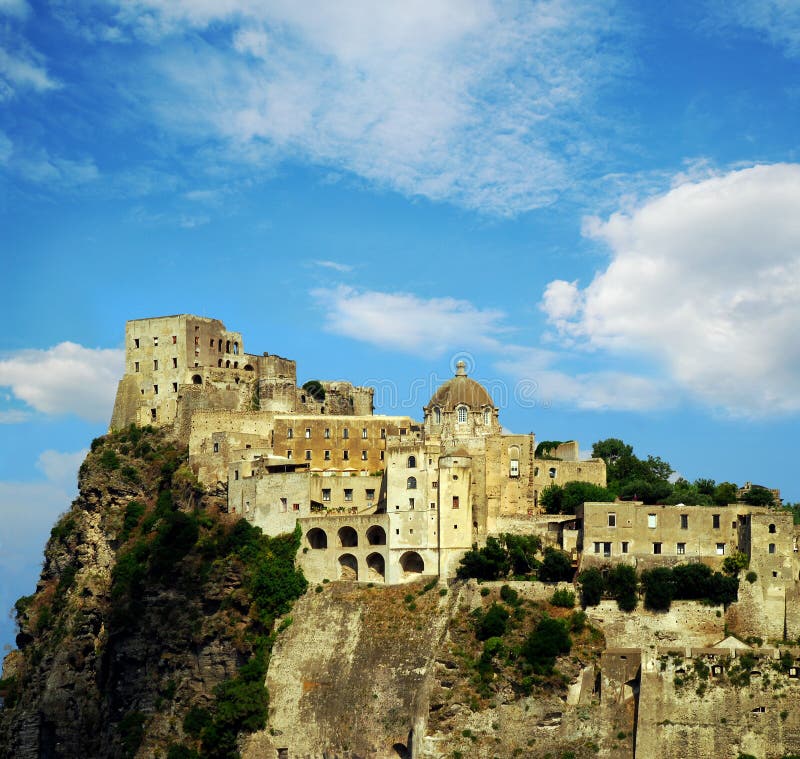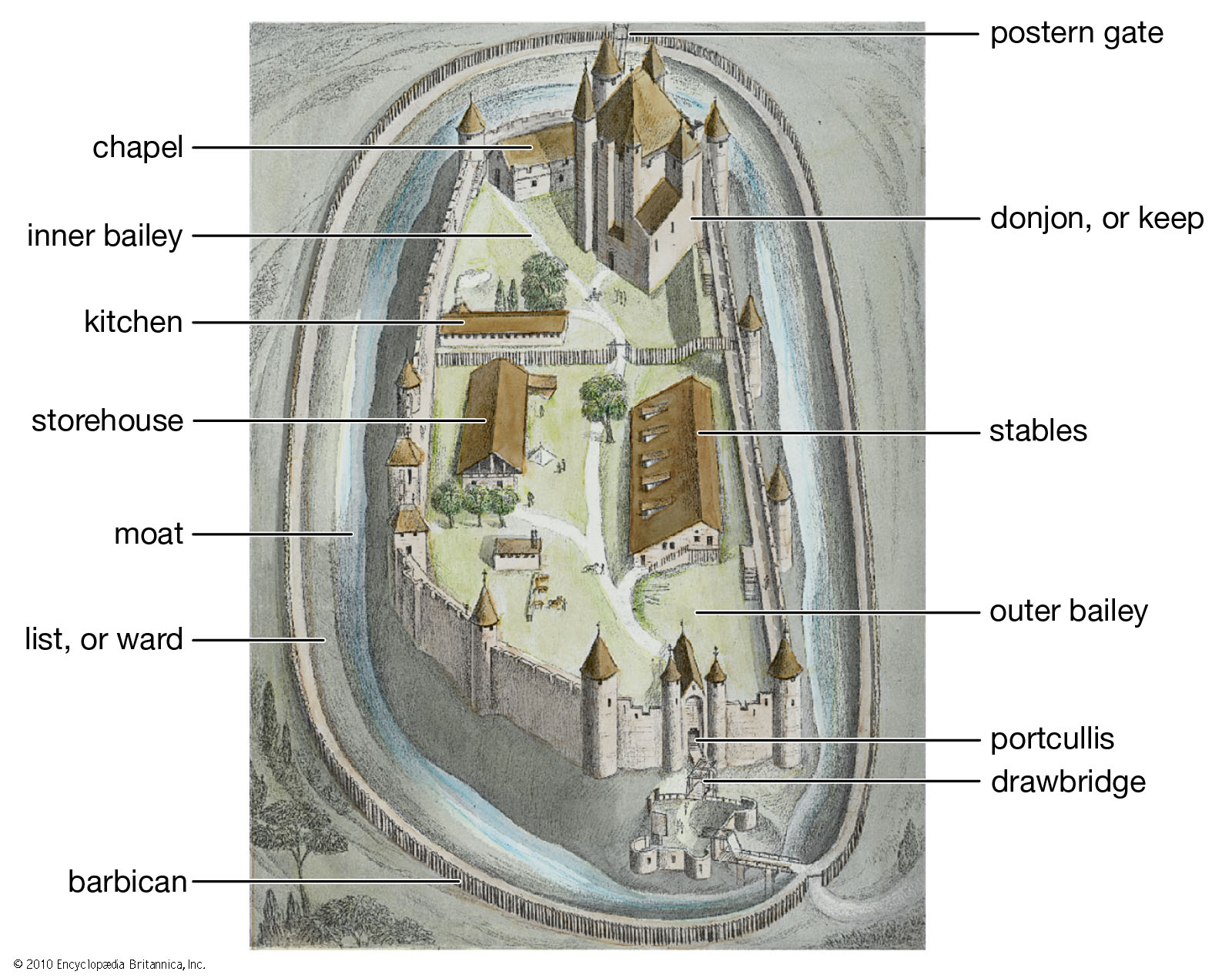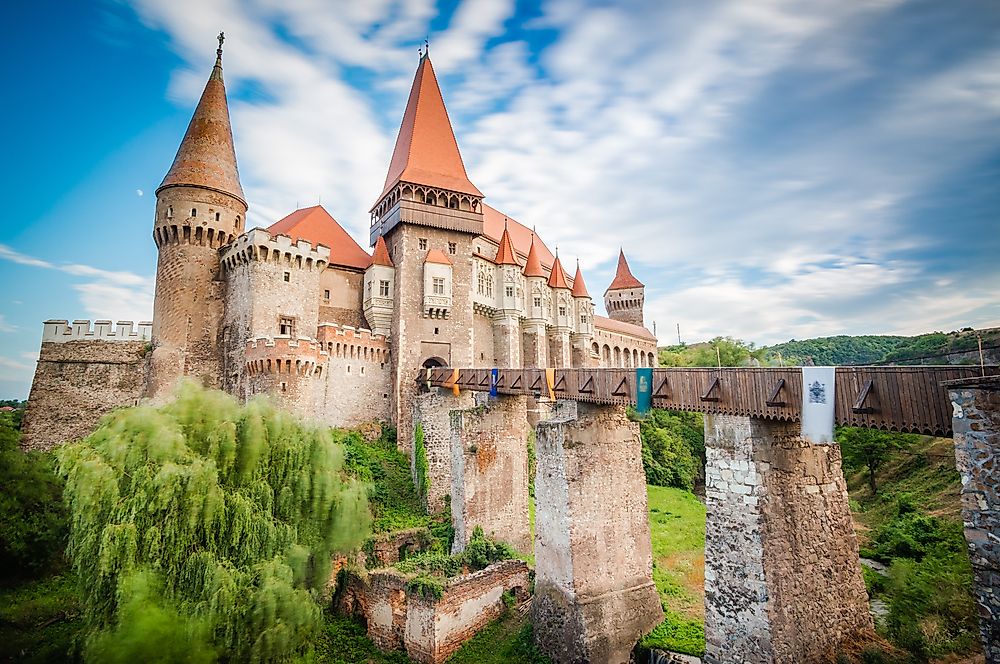

The medieval kitchen was at the heart of any castle or fortress.

The Medieval Kitchen – What Was Its Purpose? However, it’s importance and usefulness in medieval life cannot be underestimated. Whenever I visit a medieval castle or donjon, if there’s a kitchen still relatively intact I can’t wait to see it! By comparison to a medieval banquet hall with its usual, impressive architecture and fireplace, a medieval kitchen might not seem as colourful and exciting. Indeed, later medieval castles, such as Bodiam Castle in East Sussex, were decked out with faux machicolations which lacked holes, but were intended to give an air of fearsome impregnability.The medieval kitchen is a source of fascination for many people, especially if they love history and medieval recipes. Machicolations, on the other hand, hung off the side of the castle and curtain walls, acting as a deterrent to those who still poised to breach the perimeter. Their purpose was to allow the defenders to harm or kill those who had already made it through the castle gates. Murder holes were set within the ceilings of the castle’s interior structures, primarily in the entranceways. So what’s the difference between murder holes and machicolations? It was a matter of location. Hot oil would have been far too expensive for common use, so instead the defenders typically dropped boiling water and caustic quicklime which blistered and blinded the invaders. Although these holes are popularly associated with the dousing of hot oil, historical evidence suggests that this wasn’t the go-to substance for castle defenders. Machicolations and murder holes shared a similar function: they were gaps through which a castle’s defenders could shoot arrows, throw rocks or pour scalding hot substances. Read more about: Medieval History 5 strangest medieval battles Machicolations and murder holes As advancements in weaponry and warfare evolved, so did the arrow loops, with the introduction of gunpowder calling for round openings in the slits to allow for firearms. The walls supporting the arrow loops were tapered to allow for a wider field of vision for the archer whilst remaining a palm’s width on the outside, making it a nearly impossible target for the aggressor.īelieved to be created by Archimedes circa 214 BC, arrow loops had fallen out of fashion during the Norman invasion era, only to return as a permanent fixture in castle design by the 13th century. Standing up to nine feet tall with a horizontal line at eye height, arrow slits often resembled Christian crosses. Arrow loopsĪrrow loops, also known as arrow slits, were narrow openings in a fortification’s walls and battlements through which bowmen could fire their arrows and bolts.

Turrets were the perfect lookout point to spot the next siege and to provide cover for the soldiers defending the nearby towers. Circular towers were also superior due to the increased line of sight for archers and were more resistant to projectiles.Īdding to the field of vision even further were the smaller towers known as turrets, which were mounted along the curtain walls and the castle walls themselves. These latter structures were less susceptible to mining, an act of tunnel warfare carried out by sappers who would dig trenches underneath the curtain wall, hoping to invade from beneath. During the early medieval period, towers were often rectangular, but they later evolved into round towers. Taking various forms over the centuries, towers were of paramount importance to a castle’s defence. Although they played an important role in the early medieval era, improvements in weaponry left battlements as a mostly decorative feature during the later period. When topped with an additional indented wall known as a battlement, these structures provided a sheltered walkway for soldiers to travel around the perimeter while protected from enemy fire. For example, the curtain wall of Caerphilly Castle in Wales was built to an impenetrable depth of over two metres. Surrounding the courtyards of castles, outer curtain walls were often built to imposing heights of over 30 feet and were thick enough to withstand attacks from battering rams.

Those valiant enough to make it across the moat were faced with the highly forbidding outer curtain wall. Read more about: Medieval History 6 bloodiest battles in medieval history Outer curtain walls


 0 kommentar(er)
0 kommentar(er)
